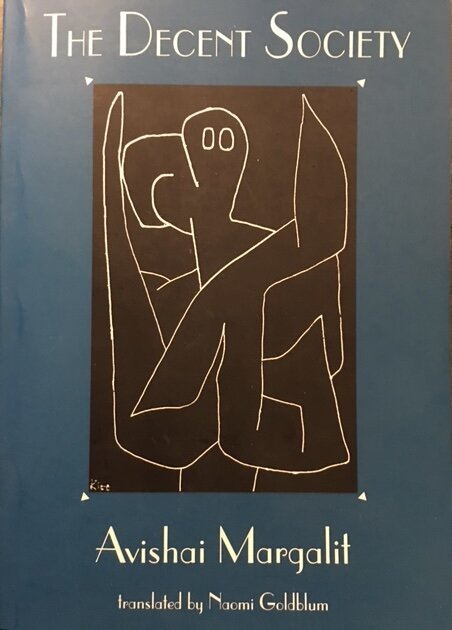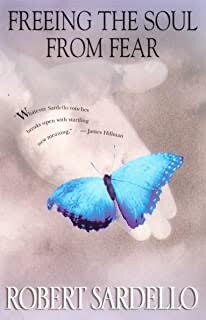Originally published in the Opinion page of the San Antonio Express-News
As a nation we have recently recollected the insurrection of January 1, 2021. Yes, there were competing narratives of what occurred that day, contending words that vied for prominence in the American imagination; comparisons to historical events like the caning of Senator Charles Sumner in the House Chamber in 1856 for his opposition to slavery, and the Civil War itself, are examples.
What is shared in the above is a marked intensity of what most of us thought was a pure and founding goodness of an admittedly imperfect democracy. But such a human aspiration is defiled more openly and viciously today in the wake of the attack.
Recent political impulses appeared to ban books, under the deceptive goal of keeping students safe from discomfort over ideas in books that challenge their beliefs. Trying to preserve innocence, a form of purity, is itself a form of defilement.
But an even greater pollution, or defilement, is gaining more traction in defiling language itself. Such an insurrection against what words mean or the reality they are grounded in is a more primal attack on meaning itself, both what words reveal and what they conceal. Words are the most shared reality that binds us together, ostensibly. Thus their defilement is more alarming. Words in several quarters of our country are losing their respect and integrity in both their denotative and connotative meanings. Weaponizing words creates a deeper wound in the national psyche, perhaps even more than on democracy itself.
Lewis Carroll’s memorable tale, “Through the Looking Glass,” offers this outrageous assertion: “’When I use a word,’ Humpty Dumpty said, in a rather scornful tone, ‘it means just what I choose it to mean—neither more nor less.’” Here the integrity of words and their history are shuffled to the dust bin.
The French philosopher, Paul Ricoeur, reveals even more malice through his study of defilement in The Symbolism of Evil. Words may fall under the tyranny of pornography when they are seditiously distorted and so alienated from their fidelity to a shared reality. My sense of pornography is that it expresses a desire or impulse to overpower and control the lives of Others.
For Ricoeur, words themselves become the weapons “of a ritual suppression.” This form of “defilement, insofar as it is the ‘object’ of this ritual suppression, is itself a symbol of evil.” I acknowledge here that culturally we don’t often address the symbolic order of anything, so incarcerated are most conversations by the tyranny of literalism.
Such an attack on language now descends to a total fabrication without physical referents; however, such orphaned words can provoke physical and psychological trauma. “Nevertheless,” writes Ricoeur, “the defilement that comes from spilt blood is not something that can be removed by washing.” The stain, he implies, is much deeper than the physical blood; it is also symbolic.
The stain of insurrection and the physical assault’s consequences are built into the language that exacts such physical violence as well as the language that suppresses its real and felt impacts. We cannot lose sight of the fact that the capital building itself is symbolic language, erected to house the document that founds us. We are founded on a congress of words that offers our lives symbolic and literal meaning and purpose--in short, our national myth.
Our words, used to remember January 6, 2021, have their own syntax and rhetoric connected to history through their etymologies. Defiling the capital was a rite of defiling the language of democracy and of words generally. “It is the rite that exhibits the symbolism of defilement, and just as the rite suppresses symbolically, defilement infects symbolically,” writes Ricoeur.
Suppression as an act of pornographic aggression can be no more primal than this.




















